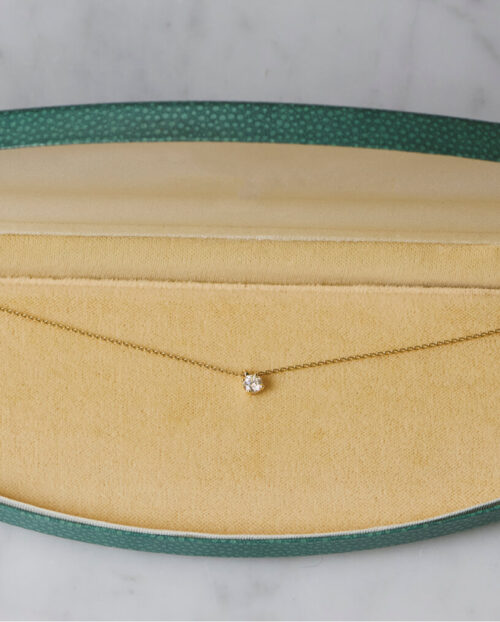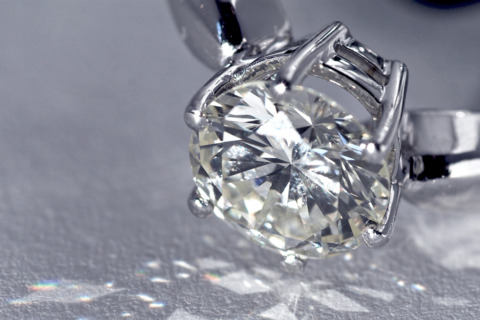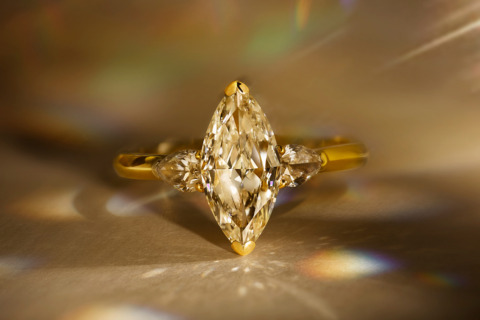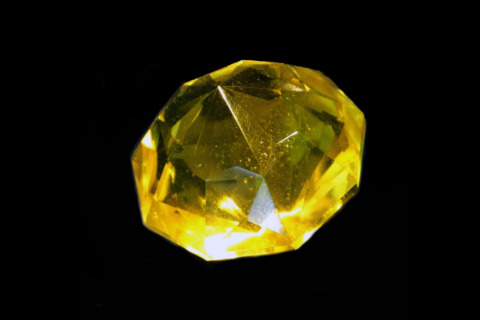A natural diamond becomes part of a family’s history, especially when passed down through generations, and with each new chapter it sees, it (hopefully!) becomes even more cherished, loved and valued.
On a less grand timescale, natural diamond jewelry has a day-to-day emotional return, too. That flash of joy you feel as you slip that beautiful engagement ring onto your finger in the morning, remembering the magic you felt when you said, ‘yes!’. The connection to your grandmother as you fasten the clasp to her treasured diamond pendant, passed down first to your mother, and now you. Or the sense of pride and inner strength you feel when you step out in the diamond studs you bought yourself for nailing that promotion – or just for making it another year around the sun.
Natural diamonds are wearable memories, carrying a mood and sentiment of their own.
How natural diamonds came to represent love and commitment
Did you know the earliest recorded diamonds date back over 2,500 years to India?1 There, they were collected from rivers and cherished for their mystical properties and unmatched hardness (diamonds are the hardest naturally occurring substance on Earth, FYI2).
But these early diamonds weren’t beautifully cut or polished like those we pore over today. Their raw, natural form (known as rough diamonds) has sometimes been compared to quartz or other rough stones, though they were still striking enough to become covetable symbols of luck and love3, even back then.
By the 13th century, diamonds began appearing in European royal jewels4, often set into religious relics or ornate coronation regalia. As trade routes expanded, they made their way from India to the courts of Europe, where they quickly became seen as rare and powerful treasures.
Then came South Africa’s diamond discovery in the 1800s5. The Eureka Diamond (pictured below), a 21.25-carat brown-yellow diamond, was found in 1867 by 15-year-old Erasmus Stephanus Jacobs near Hopetown, a farming town that faces onto the mighty Orange River. This landmark moment dramatically changed the accessibility and supply of natural diamonds forever.
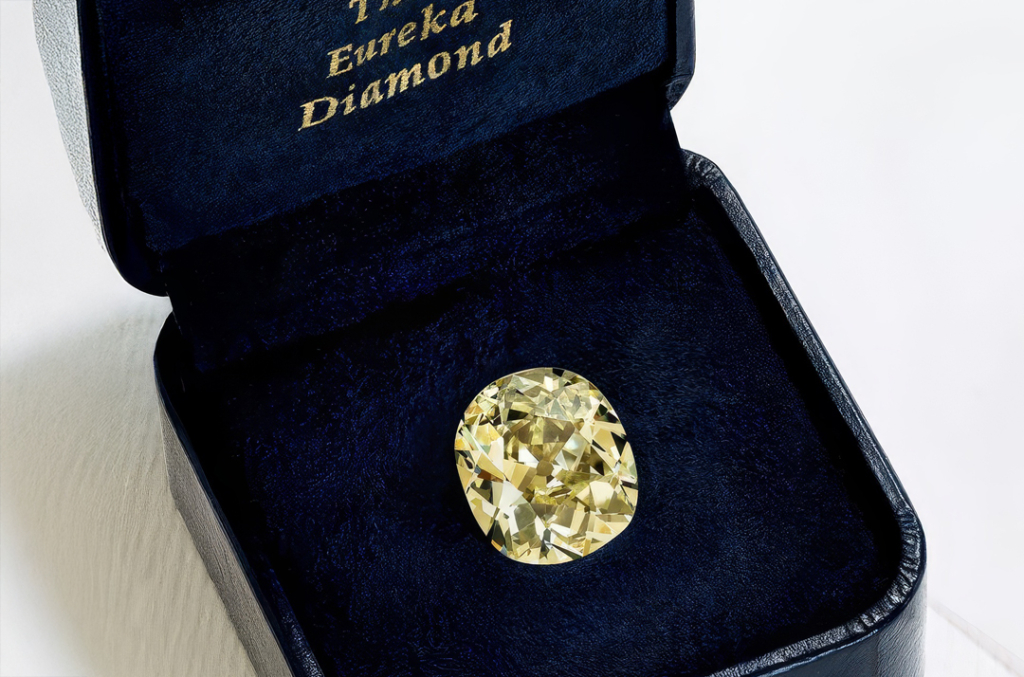
Fast-forward to the 20th century and diamonds began to represent something else – love, longevity and complete devotion. A natural diamond engagement ring became central to pretty much every wedding proposal.
Today, diamond jewelry fits every occasion and celebration, though still just as sought-after and precious. From coming-of-age gifts to graduation celebrations, personal milestones and wedding jewelry, diamonds continue to symbolize true love and commitment – whether it’s to yourself or someone else.
Why natural diamonds considered so rare and precious
Put simply, natural diamonds are precious because they’re incredibly rare, especially ones that are good enough quality to wear.
Formed under immense pressure and heat deep within the Earth, each diamond takes billions of years to materialize. Transported further to the surface by volcanic eruptions, only a fraction of diamonds are accessible to humans and fewer still are of good enough quality to be made into jewelry.
Natural diamonds are completely unique. Much like a snowflake, they each have their own unique set of characteristics, making each one truly one-of-a-kind. You’ll never find two natural diamonds the same. Fact.
How the value of a natural diamond is measured
This is where the 4Cs come in: cut, color, clarity and carat weight.
Together, these four factors determine a diamond’s brilliance, beauty and rarity. While it’s not always quite as straightforward as this, generally a diamond that scores highly across all four Cs is exponentially more valuable than one that doesn’t.
But monetary value aside – and arguably more importantly – diamonds can hold serious emotional currency.
Natural diamonds are gifted during life’s most intimate and transformative moments: proposals, births, special achievements and emotional farewells. And as anyone who’s been lucky enough to receive one will tell you, the real value of a diamond is as much about the story behind it as it is about its 4Cs grading.
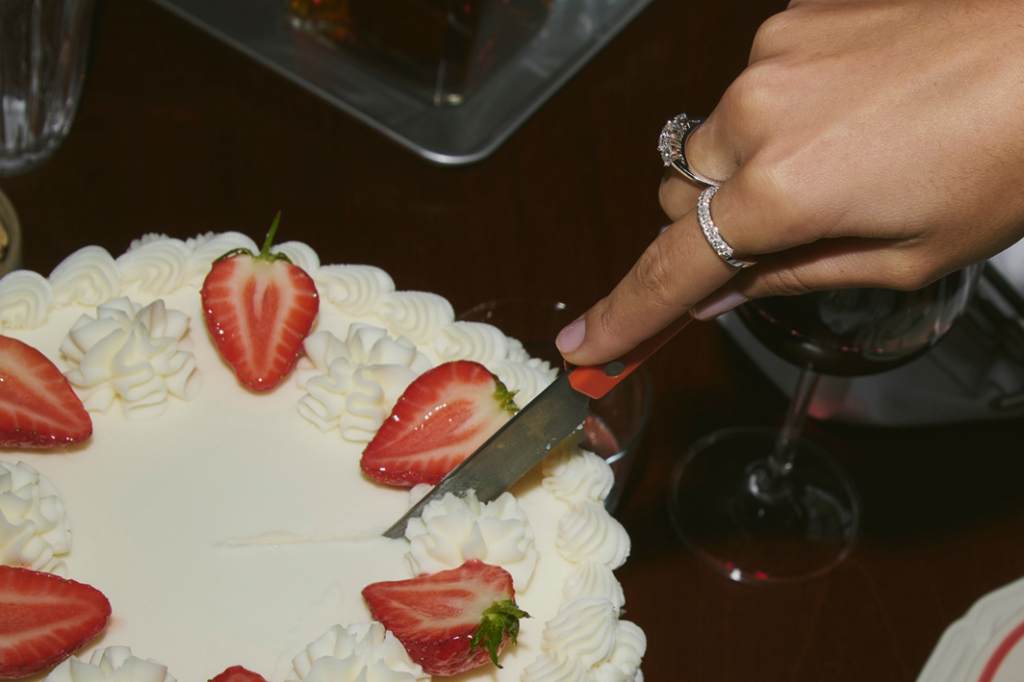
Should you invest in natural diamonds?
Right, let’s talk future value for a moment. Financially speaking, while we can’t predict the future, natural diamonds have generally held their value over the years6. Taking historical trends into account, a diamond that rates highly for the 4Cs may have the potential to retain or even appreciate in value.
Natural vs lab-grown diamonds: which tell a richer story?
Tempted by a lab-grown diamond? While it’s tough to deny the appeal of LGDs’ affordability and nearly identical appearance, natural diamonds offer something completely irreplaceable: true originality and deep meaning.
When examined up close, every natural diamond has its very own unique fingerprint: tiny inclusions (or imperfections), color quirks and birthmarks of its formation that make it truly one-of-a-kind. Unsurprisingly, many of us feel a stronger connection to a gem forged by nature over billions of years versus something produced in a factory in a matter of weeks.
Past trends suggest that natural diamonds are more likely to retain monetary value than LGD alternatives7, too. The provenance, preciousness and rich history of natural diamonds appeals to collectors, jewelers and buyers so much more.
A diamond’s real value is defined by love not labels
As most of us can probably agree, the value of something isn’t down to the amount of money we pay for it, but what it’s worth to us personally. It’s the same with diamonds – everyone’s idea of a ‘priceless’ item will be different.
The real value of a natural diamond isn’t just in its rarity, sparkle or brilliance, but its meaning and the story you want it to tell – which, if you ask us, is one of the most valuable gifts of all.
Sources
- iangallacher.com, When were diamonds discovered? ↩︎
- samaterials.com, The 10 strongest materials known to man ↩︎
- Naturaldiamonds.com, Diamonds: The Rock of Gods ↩︎
- Bntdiamonds.com, What is the royal history of diamonds? ↩︎
- Cape Town Diamond Museum, South African diamond history ↩︎
- Diamond101.com, Price of diamonds over the last 50 years ↩︎
- Insurance times, Insurance warning issued as value of lab grown diamonds plummet ↩︎
